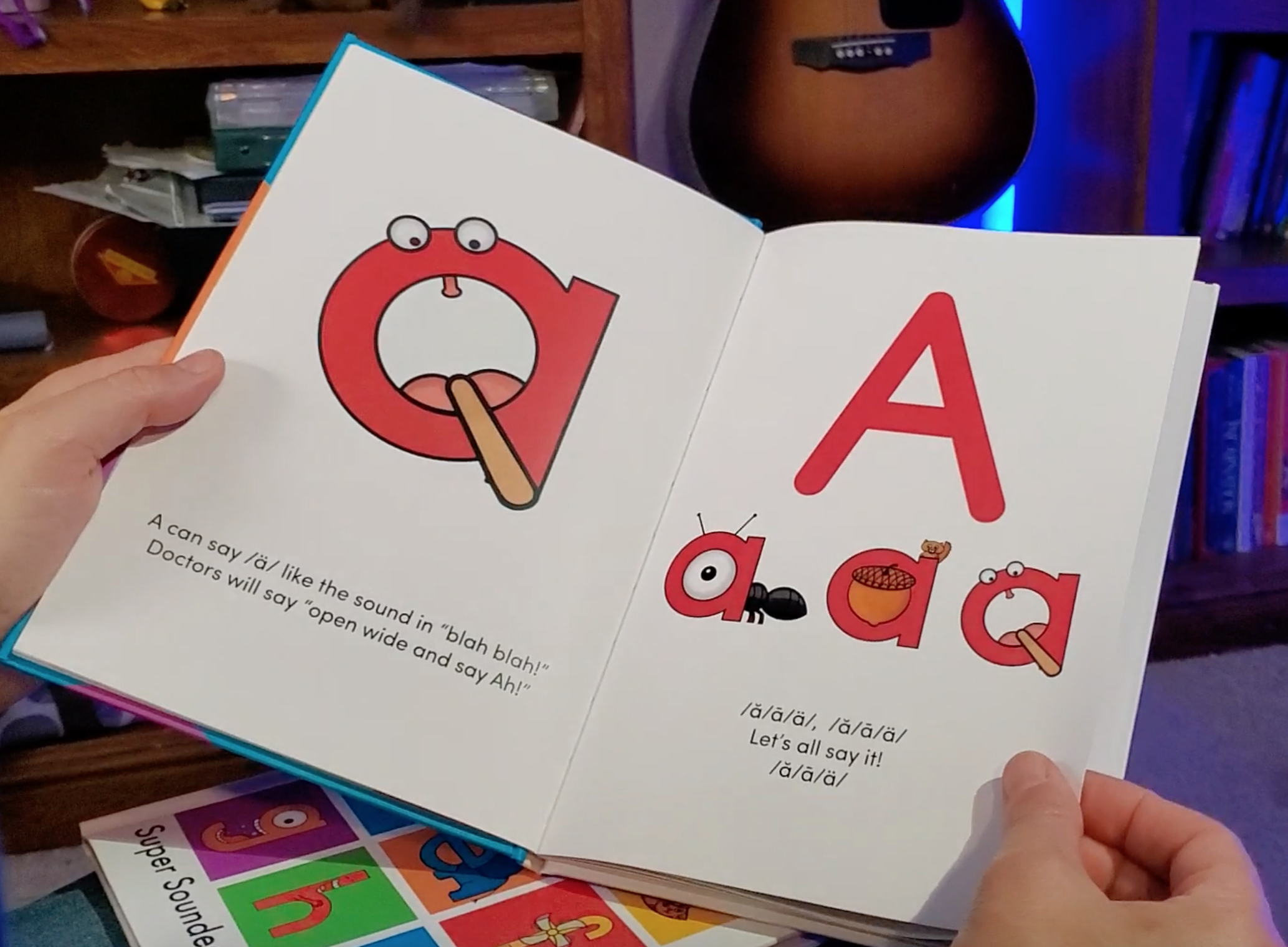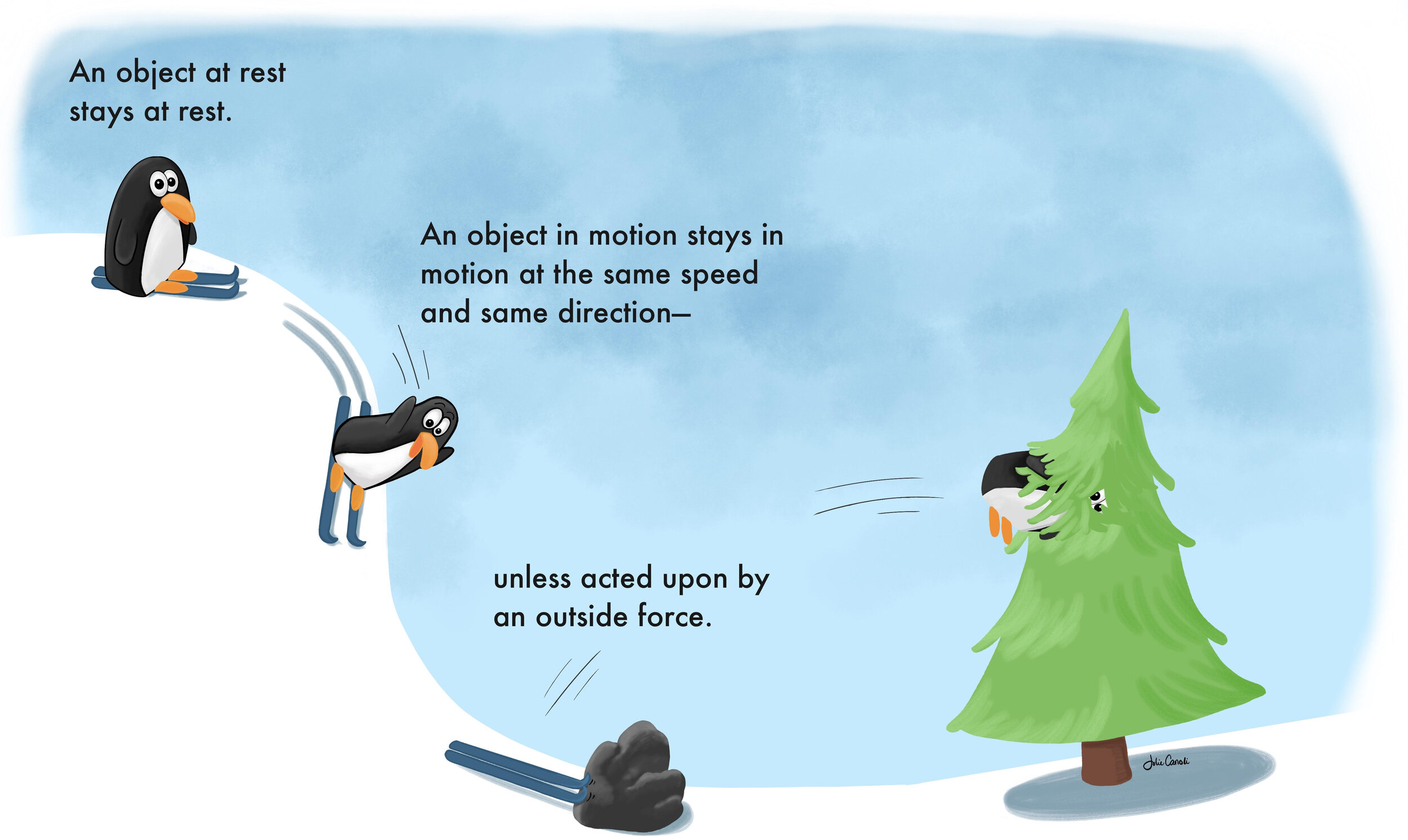Do you have a visual learner, or a struggling reader? Do you want your child to thrive in reading? When teaching my son to read I discovered he needed more visual connection with the alphabet. It was only after drawing him an elephant E that says “eh,” he finally was able to comprehend that letter E makes two sounds. Thus began my journey of equipping my visual learner with the tools to decode the English language.
Want to try it?
Download FREE
coloring pages here!





Phonics is essential
Many studies (like here and here) have found that in order to thrive in reading students must have some kind of phonics instruction, and this especially true for those with dyslexia. Sight words or whole language reading methods teach children to memorize words, guess, and estimate, but they fail to instruct children to decode words. It is estimated that a human being can learn no more than 800 sight words in a year, and as one ages that pace declines. English has over one million words; at the pace of 800 words a year, it would take children 1,250 years to learn all the words in the English language!
Phonics instruction equips children to decode any word, and understand their structure. Giving children instruction in phonics provides them with the tools to enjoy lifelong learning through reading.
Reading requires abstract thinking
Myriads of letter books can be found with letters set next to images, like A for ant, B for ball, and C for cat. Forr the visual learner, those letters are boring black blobs set next to an appealing picture.
To read phonetically, children must understand that a symbol (A, B, C) signifies a sound, and then merge those sounds to form words. Jolie Canoli Phonics books aim to make it easier for children to acquire these abstract thinking skills by creating letters that look like sounds children are already acquainted with. Children don’t need to take an extra step of connecting an image with a symbol; instead
the image is the symbol.
This phonics series is visual, easy to use, and simple.
Jolie Canoli Phonics has an A that looks like an ant, and a C that looks like a cat. More than that, these books aim to teach beginners and higher age groups in-depth language comprehension by teaching spelling rules and all phonetic sounds. For instance, children learn three A sounds- A like ant, A like acorn, and A that looks like its mouth is open, saying “ah!” Similarly, C is a happy cat that both says ‘k’ and a hissing cat that says ‘ssssss.’
Using easy to follow images, kids can practice handwriting skills by tracing each letter with their finger. My kids got frustrated at their inability to write letters, and it made handwriting an intimidating chore. These tracing activities are a fun tactile reinforcement that allows kids to learn proper handwriting without frustration.
Phonics for 2nd Language Learners
Students learning a second language can struggle with the myriads of pronunciations found in the English language. They frequently ask how the same letter can change sounds. Jolie Canoli Phonics is inspired by and compliments the Orton-Gillingham method for literacy. This methodology assists students in comprehending the many sounds found in English, and also goes on to teach students spelling rules that explain nearly all English words. Jolie Canoli Phonics introduces all the sounds of the alphabet, as well as the rules of Silent E, helping second language learners grasp the structure of the English language.
Learning Through Play
Books that read like Dr. Suess, with colorful and memorable icons, and fun coloring book activities make learning phonics feel like playing. My desire is to see visual learners like my son find a lifelong love of learning. If these products can help others find that path, then all the work has been worth it.




















